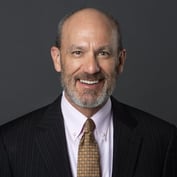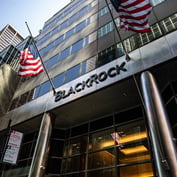As time goes on, it seems as if the subprime mortgage crisis–and all the pain in its wake–is going to be agonizingly drawn out. As much as officials would like the fix to be quick and dramatic, it ain’t going to happen.
Rather it’s going to be like a wound dressing that can only be pulled off almost motionlessly, otherwise the wound will start to ooze all over again.
Looked at one way, this subprime fiasco is yet another of those periodic reminders that in our financial system bubbles are becoming the norm instead of remaining the anomaly.
It used to be that people understood that if something looked too good to be true that it usually was too good to be true. But no longer. Now, if something looks too good to be true, Wall Street manufactures a product that will allow people to fantasize that this time they have actually been able to grab the brass ring without any danger of falling off the merry-go-round horse.
The fantasy here on everyone’s part was that the housing market would constantly keep growing and that rising property values would somehow shield people who were getting in over their heads.
So you had all kinds of adjustable rate mortgages proliferating in the market to entice buyers who in any normal market would not have been able to afford an average house, much less one of the innumerable McMansions that have sprouted in one cul de sac after another in all parts of the country.
Thus, in the last few years, banks, home builders and investors (especially big institutional investors) took more and more risk with customers and on mortgages that were less and less riskworthy.
The promise of higher returns on these same risky mortgages drew in a universe of big institutions looking to make a killing. The wonders of modern securitization make it possible to slice and dice bundles of mortgages (and almost everything else you can think of) into an undreamt of number of tranches. And always with the expectation that the higher the risk of a particular tranche, the higher the income that could be made.








 October 30, 2005 at 03:00 PM
October 30, 2005 at 03:00 PM










